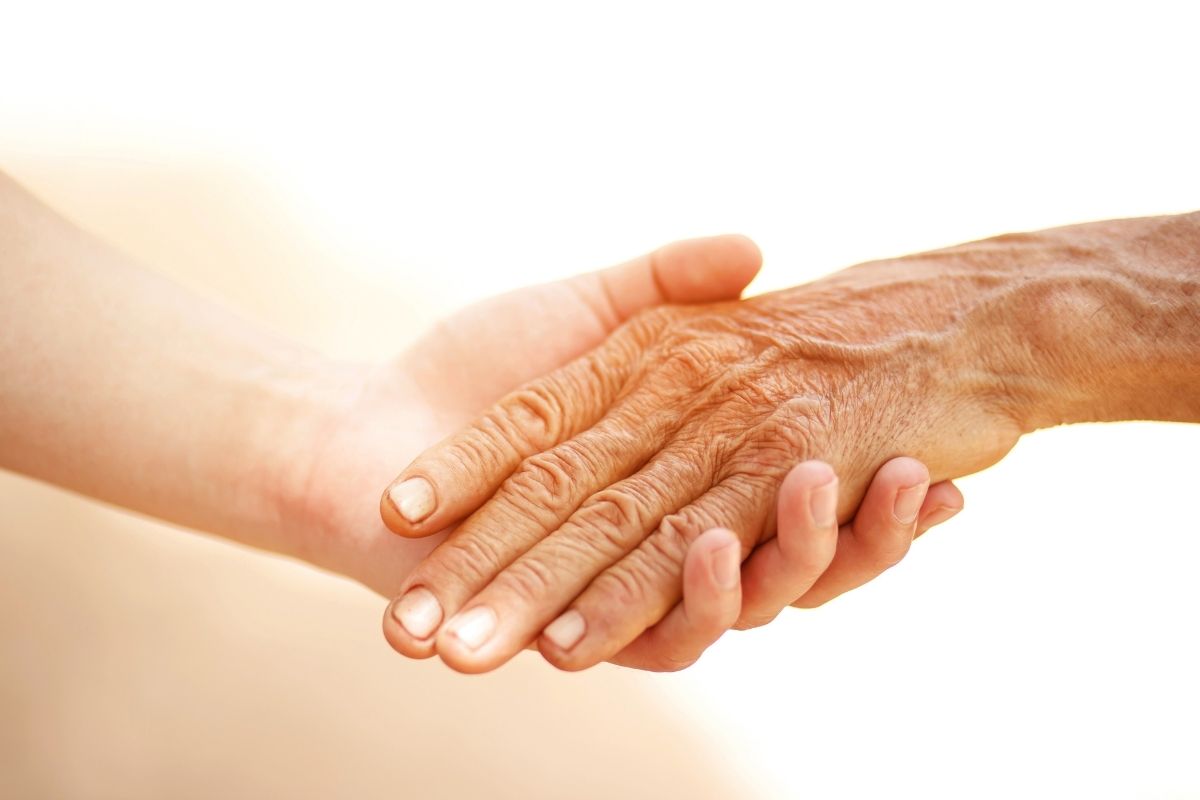Aging is a major challenge that many seniors face. The problems that can arise include diseases, health issues, and financial challenges. There are several ways to deal with these issues. These solutions are available to many people, and they can make life easier for the elderly. But first, we have to understand the causes of these issues.
Diseases
The most common diseases that affect the elderly are cardiovascular diseases and cancers. A research publish on wilmacliving.com states that cardiovascular diseases are the number one killers of older adults. Luckily, death rates for cardiovascular diseases have declined over the past two decades. Cardiovascular diseases include cardiovascular problems like ischemic heart disease, high blood pressure, and vascular dementia. However, some people are underdiagnosed with these conditions. Aging is a time of vascular remodeling and stiffness, and atherosclerosis increases this process. As a result, these diseases are often associated with cognitive impairment, stroke, and cardiac events.
Other common ailments that affect the elderly include lung disease and diabetes. These conditions make the elderly more vulnerable to infections, especially pneumonia. Proper treatment, including oxygen use and lung function tests, can help preserve the health of seniors.

Health issues
According to government statistics, nearly half of Americans age 65 and older suffer from a chronic health condition. Heart disease is the most common chronic disease, accounting for more than one-third of senior deaths. Another common chronic health condition among seniors is diabetes. More older adults are also becoming obese. To reduce the risk of obesity and related health problems, older adults should follow a healthy diet and exercise routine.
As the US population grows older, the health needs of this age group will continue to increase. It is estimated that 70 million citizens will be 65 and over by 2030, with 8.5 million Americans over the age of 85. These “oldest old” Americans will be the fastest growing demographic group in the US, and they will likely need caregiving. In addition, many of these elderly will be from ethnically diverse backgrounds, with the number of Hispanic elders expected to increase by 16.4% within 50 years.
Financial challenges
The current economic situation in the US is creating financial challenges for seniors. In many cases, these seniors are living at or below the federal poverty level. This means that they are struggling to pay their out-of-pocket medical bills, utility bills, food, and housing bills. Financial challenges such as these make it difficult for them to maintain their quality of life and to plan for their future. Fortunately, some support is on the way.
Although older adults in the US have made significant economic progress over the past generation, many are still experiencing hardship due to high housing costs. As a result, more older adults are struggling to pay their home mortgages. This means that many enter retirement with outstanding housing debt. Moreover, rent and mortgage payments consume a large percentage of household income and are increasing faster than the cost-of-living adjustments that Social Security provides. Furthermore, those who own their own homes must continue to pay property taxes, utilities, insurance, and maintenance.

Housing
As the US population ages, the proportion of elderly people will grow significantly. According to Harvard Joint Center for Housing Studies, the number of older people will increase from around 26 percent today to nearly 34 percent by 2038. As the number of older people increases, so does the need for housing for them. Unfortunately, the current housing stock is not designed to meet the needs of this growing population.
The government has stepped up efforts to meet the housing needs of the elderly. Specifically, the federal government has implemented subsidy programs for renter households. These programs have historically required that occupants be low income. In 1981, however, income targeting was tightened and assistance is now restricted to households with incomes below 50% of the area median family income.
Transportation
The federal government has taken steps to address transportation issues faced by older Americans. The Federal Transit Administration (FTA) funds transportation programs for older adults, and other federal agencies and states fund transportation programs for people with disabilities. The FTA has also partnered with private and public sector organizations to provide transportation and training for older adults.
Despite the growing age of the country’s population, transportation is still a major concern for many older adults. While older residents may cut back or give up driving, they still require transportation to get from point A to point B. This is where transportation plays an important role, providing safe and convenient options for all.
